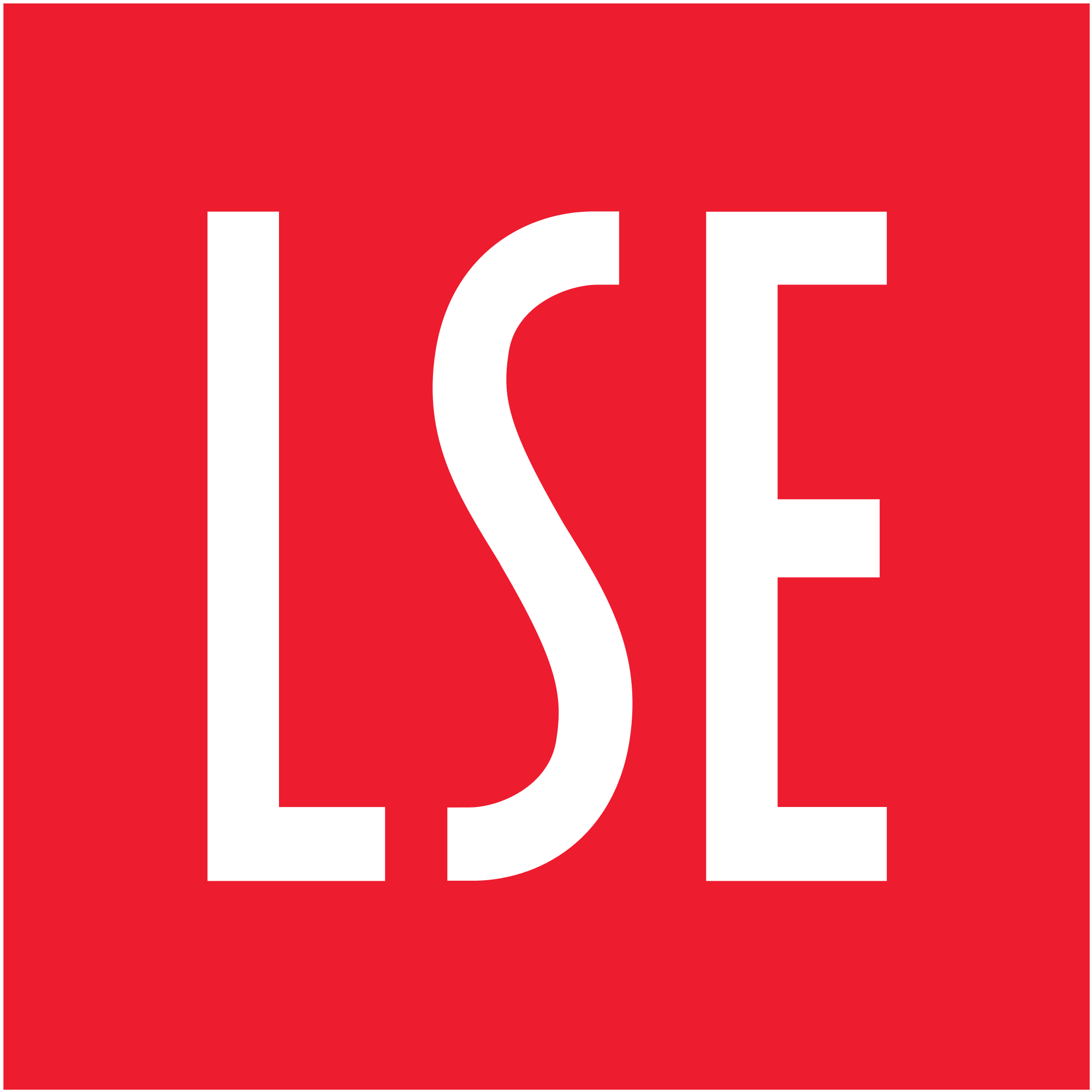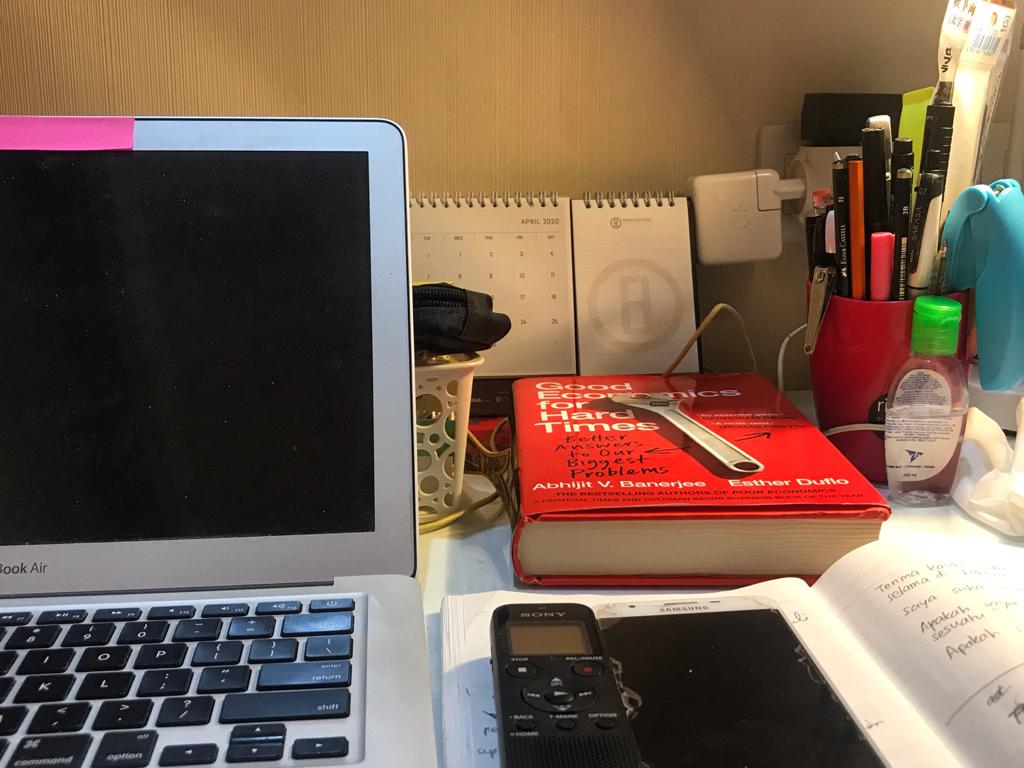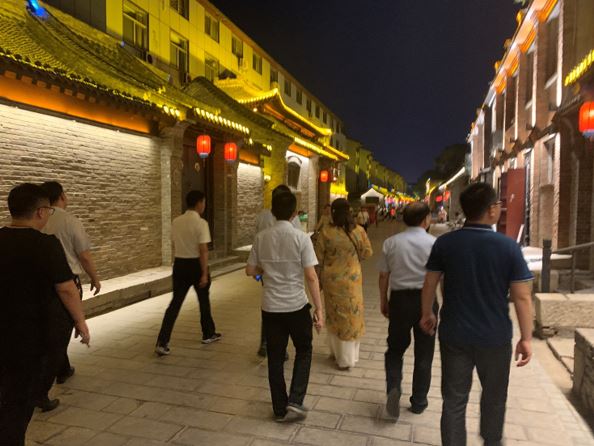This article describes experiences from fieldwork research conducted in the districts of Paramaribo, Commewijne and Nickerie in Suriname across two months in the summer of 2015. This research focused on an Indian socio-religious organisation, the Arya Samaj in Suriname, discussing the key themes of religion, society and identity. These themes are the foundations of the organisation and they form a complex web of intricacies within the organisation, which this project sought to understand by analysing its development from an anthropological and sociological perspective, writes Bhavik Doshi.
Implementing Theory into Practice: Research Techniques
Fieldwork is strange, it not only requires an intellectual capacity to understand what is being researched, but also calls for social ability in finding contacts, joining networks and establishing yourself within the confines of the researched. It is a daunting experience for anyone, more so for someone coming from a quantitative background like myself. Most of my research background prior to my masters involved collating statistical data or conducting econometric analyses. Undertaking qualitative research was a stark contrast, but it enabled me to apply multiple research techniques in the field, specifically interviews, ethnography and archival research.
Elite interviews were my principal tool for research, as I conducted my first recorded interview in mid-June 2015, asking participants to come one-by-one so as to explore their views without any external influence. However, the first two participants had come together and had already formulated some answers (which were scripted). This left me asking generic questions about the organisation and its impact; and even when there was an opportunity to probe answers, I was rebuffed by one of the other participants. Though I learned and improved on this as I began to develop a style to manage the extraneous variables – this only came with more interviews, which boosted my confidence and ability.
In fact, in some interviews I was able to converse in Hindi, which helped with participants who did not speak English. Being able to understand Hindi allowed for a better understanding of the philosophical and religious values of the Arya Samaj that would have been difficult to interpret or define in English. This was the best technique in garnering rich and detailed information from participants as it enabled me to probe certain answers and add a layer of context so that the respondents could effectively develop their ideas (Hochschild, 2009).
Over the duration of my fieldwork, I decided to conduct ethnography – attending many events held at members’ homes, local community centres and temples. Now considering that my research sought to implore how members felt about their own organisation, there was bound to be bias. Through early interviews and email correspondence, I had been told of the importance of religion in members’ lives. Yet upon attending Sunday service at the temples, where they conduct weekly rites and rituals, it was found that barely anyone attended the service unless for a special occasion or festivity. Had I not been willing to implement ethnographic research, I would not have been able to witness the disparity between the interviewees’ responses and the reality.
Ethnography aided me again – during aarti, what was very unusual to me is that no one was clapping their hands, as traditionally the aarti is a form of expression, and when singing the accompanied bhajans (hymns) it is common to clap. Instead, the Arya Samaj members remained steady and still, focusing on the aghni (fire) or closing their eyes whilst reciting the mantras. Although I had read in academic and religious texts of the differences in religion, specifically in religious practices found within the Arya Samaj.. These differences were exaggerated in order to show the ‘extreme’ divergence between Sanatan Dharam (traditional Hinduism) and the Arya Samaj.

My research topic was particularly sparse in academic literature: as far as I am aware of, no one had written about the broad topic of Indians in Suriname for over thirty years. Thereby going to the National Archives was hugely beneficial in providing additional context to the research I had conducted prior to fieldwork. There were two major benefits from archival research – the first being that when conversing with participants, I was able to use the historical in-depth knowledge of their wider history in Suriname as a navigation tool for the introduction of questions. The second point is similar to a point made in Sin Yee Koh’s post; it provided me with a historical perspective of the organisation’s temporality – past, present and future; allowing me to better understand their socio-political developments from the colonial era and shape my research in accordance with the historical narrative.
Importance of Local Actors and Networks
The local actors encountered in the field were a vital source of knowledge, as they provided me with a vast social network (expanding throughout the country) that would not have been accessible any other way than through the field (see also the previous post by Chandni Singh). Admittedly in my experience, I was underprepared for fieldwork with the contact details of the organisation and its members being out of date, leaving me to rely on quickly establishing my presence in Suriname upon arrival. The importance of engaging with local actors and networks within the parameters of the research topic is a given, but simultaneously it can be beneficial to go beyond these actors and networks. Luckily I had already corresponded with the academic community in Suriname, who provided some additional context from an academic perspective, helping me to centre my research and more critically put me in contact with important actors and networks.
I was introduced to the local actors and networks via snowball sampling. This method was effective as Suriname has a population of just over half a million (of which 20,000 are Arya Samaj), thus the spread of word-of-mouth, social media and local telecommunications allowed me to meet many members in both formal and informal contexts. Further, interviewees were more than willing to pass on details of friends, family and acquaintances that they knew would be interested in taking part, in fact one of my contacts organised a trip to Nickerie allowing me to meet the prominent members in the area. Of course, there are constraints to this method of sampling, as the majority of the people I was exposed to were affluent; with members holding high positions in society from politicians and lawyers to revered pandits and panditas (Pandit and pandita refers to the male and female priests respectively). Although, this provided me with a detailed understanding of the development of the organisation and its members, it was also very one-sided, as I was unable to speak to people who held lesser-known occupations or were less affluent.
I asked a local acquaintance, RJ who had helped me with locating certain archives within the temple, whether he would be willing to participate in an interview. He looked at me blankly and humbly said that he would have nothing to offer me and that he didn’t have the same knowledge or wisdom as the pandits, panditas or major board members, and therefore it would be a waste of my time – (Field Notes, 6th July 2015)
Despite this, RJ had actually provided me with details regarding the construction of the temple and the administration and bureaucracy found within the organisation from simple conversations. Here, informality allowed me to collect information that would have been unobtainable from the top of the hierarchy, highlighting the significance of forming bonds with all local actors, in order to gain multiple viewpoints of the same picture.

Emotional Connection to the Researched
Pre-fieldwork, I was unconcerned by subjectivity, as I assumed that there would be certain cultural differences between the subjects and myself. Therefore, I expected to maintain objectivity, although emotions are bound to arise when researching something that is important to the researcher. Naturally it would be, as the whole process of research is subjective – from the topic chosen to the methods implemented.
Being of Indian descent entangled me into this diasporic space, whereby my subjectivity was questioned, as I, alongside the researched, shared a connection to India. This connection is only felt by those in the diaspora, and it immediately allowed for bonds to be formed, on a much deeper level, with the Arya Samaj and the wider Indian community – it became clear that fieldwork would allow for self-examination and personal reflection.
My knowledge of Indian rites and rituals extends back to my early childhood by learning from my family and celebrating many Indian festivities. There were moments on fieldwork such as at the weekly Sunday service where I would engage in aarti and sing bhajans, as well as join in other practices I had never experienced before – the havan (havan refers to the sacrifice or fire ritual, where a religious offering is made into the fire). This wasn’t purely because of pursuing ethnographic research. It was a personal and spiritual intrigue to understand and discover the blissful and purifying effects of these acts.
“In this meeting of the ancient literary text – the Bhavagad Gita, members are attempting to understand and deconstruct the literary foundations of this ancient text. The pandita tells the group that only once you understand the Bhavagad Gita you are able to take on a deeper mindset of thinking, and thus understand Vedic Dharma” – (Field Notes, 23rd June 2015).
This meeting engaged with Indian religiosity and philosophy, and I found myself amidst a group of people who were all seeking to understand and develop their Indian knowledge, culture and identity – ‘Indianness’. This became a point of realisation, that alongside fieldwork research I was discovering aspects of my ‘Indianness’ that I had never been given the opportunity to explore or understand. Even in interviews, I posed the question of ‘how would you identify yourself’ to participants – one of the respondents explained how she felt Surinamese, but innately she was always Indian. I couldn’t help but deconstruct her response, and attempt to understand her answer through my own personal experience of being British Indian. This was a critical juncture in the research as I felt more Indian and could align myself alongside the subjects and the wider Indian community in Suriname.
This was the point where my research was blurring my positionality, as I resonated with aspects of Arya Samaj philosophy and wanted to portray their story accordingly. However, I also understood that despite befriending many of these local actors, I was accountable to academic procedures and practices, and must report what I found on an objective level. Nicholas Loubere’s piece is relevant here, as he notes the importance of the insider or outsider position. However I would argue that I occupied a different position during fieldwork – ‘the space between’, which is described as “a dialectical approach [that] allows [for] the preservation of the complexity of similarities and differences” (Dwyer, 2006:60). The space between allowed for the discovery of self, which served me well as my emotional connection to the cultural heritage shared with the researched allowed for an engagement that provided truly rich and unique data without necessarily damaging the objective.
Concluding Thoughts
As researchers, we go to the field in order to discover new truths about our subject – people, societies, culture, artifacts and so forth. This short post has highlighted how cultural encounters can occur through different channels in the field. This is my personal experience, and like the researchers before me and the researchers to come, each and every one will be different. Being prepared does not guarantee fieldwork will pane out accordingly – there is no structure to conduct fieldwork. It is an improvisation; in which one has to be open and willing to engage in order to develop their own style and technique for their own research to be successful.
References
Corbin Dwyer, S. and Buckle, J.L. (2009) The space between: On being an insider-outsider in qualitative research. International Journal of Qualitative Methods 8(1): 54-63
Hochschild, J.L. (2009) Conducting Intensive Interviews and Elite Interviews. Workshop on Interdisciplinary Standards for Systematic Qualitative Research. URL: https://scholar.harvard.edu/jlhochschild/publications/conducting-intensive-interviews-and-elite-interviews (accessed 17 October 2017)
About the Author
Bhavik Doshi completed his MSc in Globalisation & Latin American Development from the Institute of the Americas, University College London in 2015. He is currently working in the international development and innovation sphere and is enrolled in further study through an MA in Social Anthropology at Goldsmiths. His research interests include the Indian diaspora, religion, development, civil society and social movements.
For citation: Doshi, B. (2017) Cultural encounters in the field: Finding a ‘home’ away from home. Field Research Method Lab at LSE (18 October 2017) Blog entry. URL: https://blogs.lse.ac.uk/fieldresearch/2017/10/18/cultural-encounters-in-the-field/





